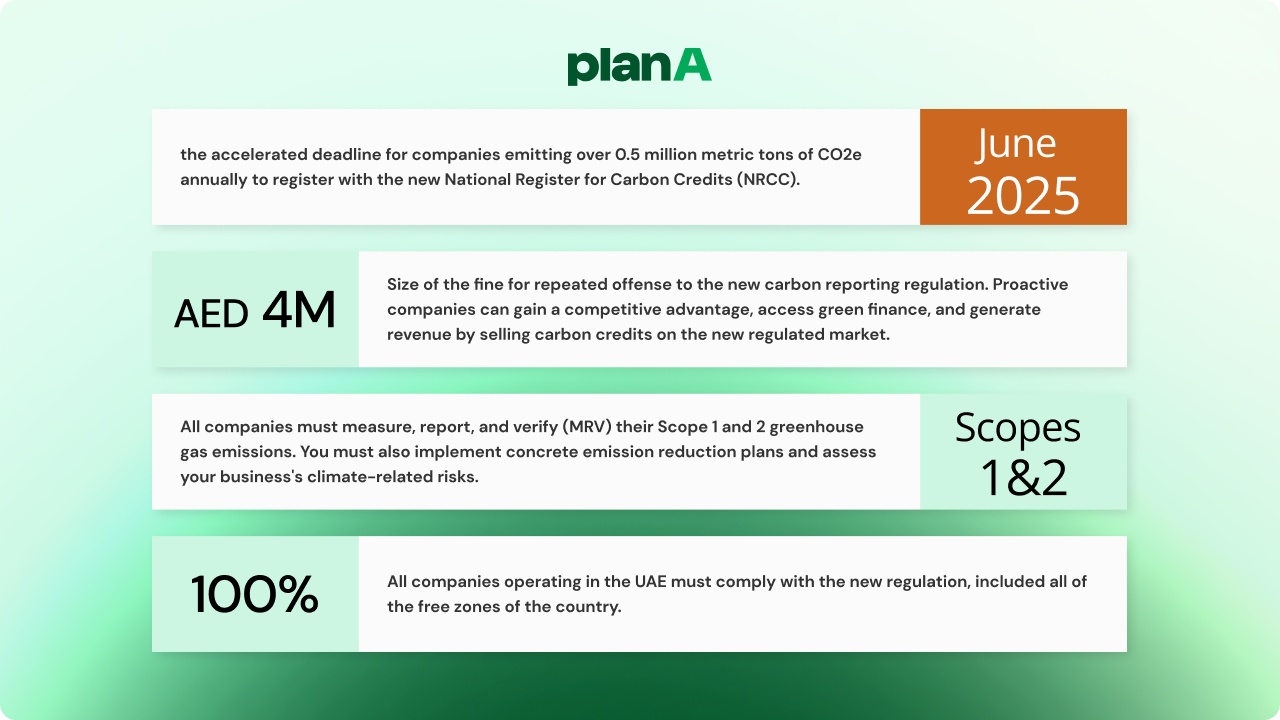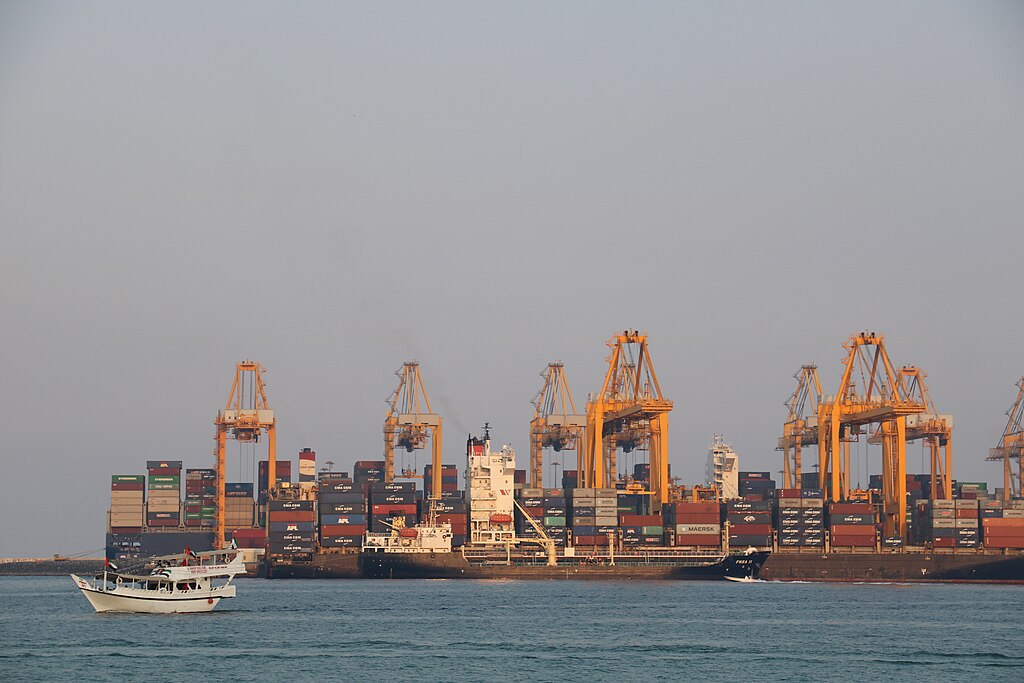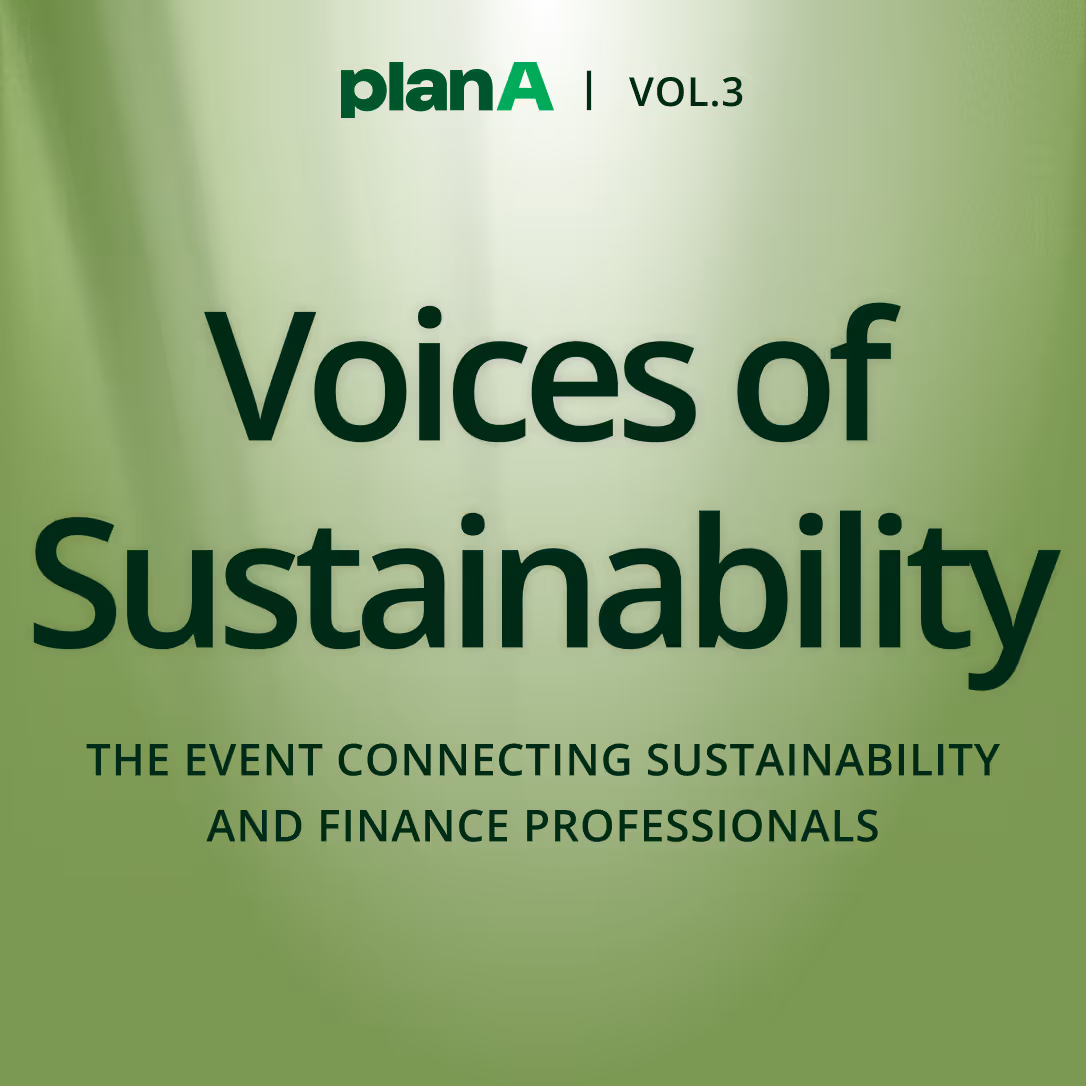On 30 May 2025, the UAE introduced new regulations that change everything about sustainability reporting. Federal Decree-Law No. (11) of 2024 came into force, making the UAE the first country in the MENA region to enforce climate-related corporate accountability through legislation. This is a complete shift from voluntary sustainability reporting to legal obligation for every business operating in the UAE, including those in free zones.
A historic regulatory shift in the Middle East
The UAE Federal Climate Law represents a watershed moment for regional climate governance. Unlike previous voluntary frameworks, this legislation creates enforceable legal requirements for all UAE-based companies to measure, report, and actively reduce their greenhouse gas emissions. Failure to comply with the Federal Climate Law presents significant risks:
- Fines of up to AED 2 million, increasing to 4m for repeated infractions.
- Possible contract losses as major customers demand verified emissions data from suppliers.
- Reputation damage as sustainability credentials become a defining competitive factor.
This regulatory framework positions the UAE as a climate leadership example, particularly as the country advances its Net Zero 2050 Strategy. For businesses, this means sustainability becomes a legal requirement that affects operational licenses and market access.
“Effective climate action requires a shared vision and collective will. We are committed to fulfilling our role as a global convener and will continue to support action and innovation in the field of sustainability.”
This quote by His Highness Sheikh Mohamed bin Zayed Al Nahyan, President of UAE, reflects a new orientation in the emirate towards decarbonisation and resource optimisation. The scope is unprecedented. Every state-owned, state-funded, and commercial entity must now implement comprehensive emissions management systems, regardless of their size, sector, or location within UAE free zones. This includes multinational corporations, SMEs, and local businesses across industries from oil and gas to technology and retail.
This law is historic in multiple regards:
- Legal obligation: All businesses must now measure, report, and actively reduce GHG emissions.
- Unprecedented scope: The law applies to all state-owned, state-funded and commercial entities, including those in UAE free zones.
- Early enforcement: Large emitters (≥ 0.5 million metric tons CO₂e per year) face accelerated obligations and must register with the new National Register for Carbon Credits (NRCC) by June 28, 2025.
What the law requires from your business
The transition from voluntary to mandatory sustainability disclosure fundamentally changes how companies must approach carbon management. The law establishes four core obligations that every UAE business must meet.

To comply with these requirements, organizations need to rapidly enhance their internal climate data, verification, and reporting capacities. This entails:
- GHG Inventory Creation: Centralizing energy, fuel, and operational data across entire value chains.
- Measurement, Reporting & Verification (MRV): Deploying robust systems that ensure data traceability and accuracy for national registry submissions.
- Integrating Decarbonization: Utilizing data insights to pinpoint and execute abatement strategies across Scope 1 and 2 (Scope 3 obligations are anticipated).
- Carbon Market Preparedness: Firms outperforming reduction targets can generate and trade surplus carbon credits through the NRCC, regulated by the Securities and Commodities Authority (SCA).
Measurement and reporting requirements
Companies must implement systems to measure and report Scope 1 and 2 emissions using internationally recognised standards, specifically the GHG Protocol. This means establishing data collection processes across all operational activities, from fuel consumption and electricity usage to refrigerant leaks and process emissions.
The challenge extends beyond simple measurement. Businesses must maintain complete data traceability with detailed documentation of emission factors, calculation methodologies, and data sources. Every kilowatt-hour of electricity, litre of fuel, and operational input must be tracked and converted into CO₂ equivalent emissions using UAE-specific emission factors.
Third-party verification and assurance
All reported emissions data must undergo accredited third-party verification before submission to regulatory authorities. This requirement elevates the standard for internal data management—businesses can no longer rely on estimates or incomplete datasets when their emissions figures will face external audit scrutiny.
The verification process examines data accuracy, calculation methodologies, and internal controls. Companies must demonstrate robust data governance, including who collected the data, how it was processed, and what quality checks were applied. This level of transparency requires systematic documentation throughout the entire carbon accounting process.
Reduction strategy development
Beyond measurement and reporting, companies must develop and execute evidence-based emission reduction strategies. The law doesn't specify reduction targets, but businesses must demonstrate active efforts to decrease their carbon footprint through concrete measures.
This requirement connects directly to operational decision-making. Companies need to analyse their emissions data to identify reduction opportunities across energy efficiency, renewable energy adoption, process optimisation, and supply chain improvements. The reduction strategy must include specific actions, timelines, and progress metrics.
Climate risk disclosure
The law requires companies to assess and publicly disclose climate-related operational risks. This extends beyond carbon accounting to evaluate how climate change might affect business operations, supply chains, and financial performance.
Risk assessment must examine physical climate risks (extreme weather, temperature changes, water availability) and transition risks (policy changes, technology shifts, market evolution). Companies must articulate how these risks could impact their operations and what mitigation strategies they're implementing.
Immediate actions for compliance readiness
Companies operating in the UAE need to rapidly develop their carbon management capabilities to meet these legal requirements. The path to compliance involves systematic development of data collection, calculation, and reporting systems.
Building your GHG inventory infrastructure
The foundation of compliance is establishing comprehensive data collection across all emission sources. This means mapping every facility, vehicle, equipment piece, and operational process that generates greenhouse gas emissions. There are strict methodologies to respect in order for these calculations to work and remain comparable such as the GHG Protocol or ISO 14064.
Start with Scope 1 emissions by cataloguing direct emission sources: company vehicles, on-site fuel combustion, industrial processes, and refrigerant systems. Document fuel types, consumption patterns, and operational schedules to ensure complete coverage.

For Scope 2 emissions, compile electricity, steam, heating, and cooling consumption data from all facilities. UAE businesses must use location-based emission factors specific to each emirate's electricity grid, requiring detailed mapping of where energy is consumed. For this, having local emissions factor is a must-have for any tool to actually be able to support in complying with the new regulation. See our detailed Scope 2 focus article for more information.
Data quality becomes crucial when facing third-party verification. Implement systems that track data sources, calculation methods, and any assumptions made. This includes maintaining invoices, utility bills, fuel receipts, and operational logs that support your emissions calculations.
Implementing measurement, reporting, and verification systems (MRV)
The UAE's emphasis on MRV (Measurement, Reporting & Verification) systems means companies need robust processes that withstand external audit scrutiny. This requires standardisation of calculation methodologies, data storage, and quality control procedures.
Establish consistent emission factor applications using UAE-specific values where available, supplemented by international databases for activities not covered locally. Document every calculation step to demonstrate how raw activity data converts to CO₂ equivalent emissions.
Create audit trails that show data lineage from original source through final reporting. This includes version control for different calculation iterations, approval workflows for data inputs, and clear documentation of any manual adjustments or corrections made.
Developing decarbonisation strategies
Compliance extends beyond accounting to active emission reduction. Companies must analyse their emissions profile to identify reduction hotspots and develop targeted abatement strategies.
Energy efficiency improvements often provide the quickest wins, particularly in the UAE's energy-intensive climate. Analyse cooling systems, lighting, equipment efficiency, and building envelope performance to identify upgrade opportunities that reduce both emissions and operational costs.
Renewable energy adoption represents a significant reduction opportunity, especially given the UAE's solar resources. Evaluate on-site renewable energy installations, power purchase agreements, and green electricity tariffs available through local utilities.
Consequences of non-compliance and business opportunities
The UAE Climate Law creates both significant risks for non-compliance and substantial opportunities for proactive businesses. Understanding these implications helps companies make informed decisions about their climate strategy investments.
Financial and operational penalties
Non-compliance carries direct financial penalties of up to AED 2 million, with escalating fines for repeated infractions. Beyond immediate costs, regulatory violations can affect business licenses, government contract eligibility, and access to certain sectors of the UAE economy.
The impact extends to supply chain relationships as major customers increasingly require verified emissions data from suppliers. Companies without compliant carbon accounting systems may face contract losses as clients seek partners who can provide transparent sustainability metrics.
Reputation risks compound financial penalties as sustainability credentials become defining competitive factors. In the UAE's interconnected business environment, regulatory violations can damage relationships across multiple sectors and limit growth opportunities.
Strategic advantages of early adoption
Companies that move quickly to implement comprehensive carbon management systems gain significant competitive advantages. Compliance readiness differentiates businesses in regulated value chains where clients require verified supplier emissions data.
Access to green financing improves dramatically with robust carbon accounting systems. Banks, investors, and development finance institutions increasingly evaluate climate performance when making lending and investment decisions. Verified emissions data and clear reduction strategies strengthen applications for sustainability-linked financing.
The UAE's carbon credit market creates new revenue opportunities for high-performing companies. Businesses that exceed their reduction requirements can generate surplus carbon credits through the NRCC, creating additional income streams from their sustainability investments.
How Plan A enables UAE climate law compliance
Plan A provides the comprehensive platform and expertise that UAE businesses need to meet these new regulatory requirements efficiently. The combination of certified carbon accounting methodology, AI-powered automation, and UAE-specific capabilities addresses every aspect of climate law compliance. With a platform that complies with key norms in the field like ISO 14064 and the GHG Protocol, Plan A stands out as a market-ready software fit for the purpose.
Comprehensive carbon accounting and data management
Plan A's platform consolidates Scope 1, 2, and 3 emissions data across all business units and facilities, providing the unified view required for UAE regulatory reporting. The data collection capabilities automate much of the manual work involved in building comprehensive GHG inventories.
The system's TÜV Rheinland certification ensures that calculation methodologies meet the highest international standards while maintaining alignment with UAE regulatory expectations. This certification provides confidence during third-party verification processes and regulatory submissions.
AI-powered data mapping accelerates the initial setup process, automatically categorising emissions sources and applying appropriate calculation methodologies. The system learns from each data upload, making subsequent reporting periods faster and more accurate.
Advanced data validation and audit readiness
Plan A's platform includes automated quality controls that detect duplicates, flag outliers, and maintain complete data lineage mapping. These features ensure that emissions data meets the audit standards required for third-party verification under the UAE Climate Law.

The system maintains detailed audit trails showing how each piece of raw data contributes to final emissions calculations. This transparency provides regulators and verifiers with clear documentation of calculation processes and data sources.
Anomaly detection capabilities identify potential data errors before they affect regulatory submissions. The platform's AI monitors consumption patterns and flags unusual values that might indicate data entry mistakes or operational changes requiring investigation.
UAE-specific emission factors and regulatory alignment
Plan A integrates UAE-specific emission factors for all major activities, ensuring calculation precision and regulatory compliance. The platform automatically applies location-based emission factors appropriate for each emirate's electricity grid and local fuel specifications.
The system supports both activity-based calculations for maximum precision and spend-based methodologies where detailed activity data isn't available. This flexibility helps companies achieve comprehensive emission coverage even during initial implementation phases.
Decarbonisation planning and ROI analysis
Beyond compliance reporting, Plan A helps companies identify emission hotspots and prioritise reduction initiatives based on cost-effectiveness and impact potential. The platform's decarbonisation tools model different scenarios to optimise reduction strategies.
ROI analysis capabilities help companies build business cases for climate investments by calculating financial returns from energy efficiency improvements, renewable energy installations, and operational optimisations. This analysis supports decision-making around compliance strategies that deliver both regulatory adherence and business value.
Calculate your ROI with our Decarbonisation savings calculator
The platform includes forecasting tools that model future emissions under different growth scenarios and reduction initiatives. These capabilities help companies set realistic targets and demonstrate regulatory compliance over multi-year periods.
Supporting free zone authorities and tenant companies
The UAE Climate Law's application to free trade zones creates unique challenges for zone authorities who must support tenant compliance while managing their own regulatory obligations. Plan A offers white-labeled solutions that enable zone authorities to provide comprehensive carbon accounting services to their business communities.
Free zone authorities can leverage Plan A's platform to offer tenants ready-to-use MRV solutions that meet federal climate law requirements. This approach reduces implementation complexity for individual businesses while providing authorities with aggregated performance data for zone-level sustainability reporting.
The consolidated approach enables sector benchmarking and peer comparison capabilities that help tenant companies understand their performance relative to industry standards. Zone authorities can use this data to develop targeted support programmes and demonstrate their zones' sustainability leadership.
Expert services complement the technology platform by providing tenant companies with specialised support for complex compliance requirements. This combination of technology and expertise helps free zones maintain their attractiveness to international businesses while supporting UAE sustainability objectives.
Your path to compliance and competitive advantage
The UAE Federal Climate Law represents more than a regulatory requirement—it's an opportunity to build operational resilience and competitive differentiation in a climate-conscious economy. Companies that approach compliance strategically will find themselves better positioned for long-term success in the UAE market. Start by conducting a comprehensive assessment of your current carbon management capabilities against the law's requirements. Identify gaps in data collection, calculation systems, and reduction planning that need immediate attention before the full compliance deadline in May 2026.

Plan A's expertise in regulatory compliance, combined with proven technology and UAE-specific capabilities, provides the foundation for both meeting legal requirements and capturing business opportunities. The platform's comprehensive approach addresses every aspect of climate law compliance while positioning companies for success in the UAE's evolving sustainability landscape.
The transition to mandatory climate accountability creates clear winners and losers. Companies that invest in robust carbon management systems now will lead their sectors, while those that delay face mounting costs, operational risks, and competitive disadvantages. The choice is clear—the question is how quickly you can begin building your climate compliance capabilities.


.jpg)



.webp)
.avif)

